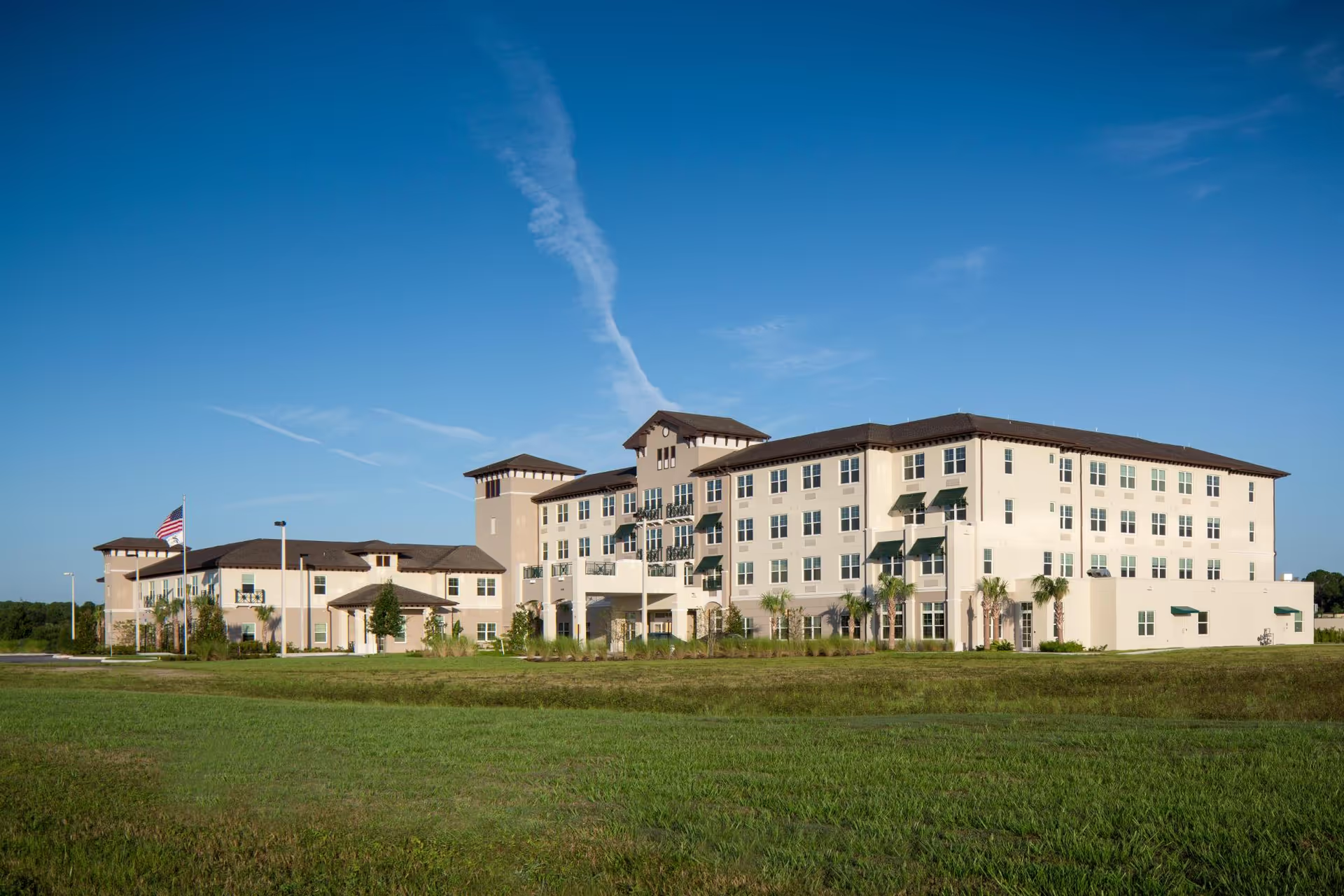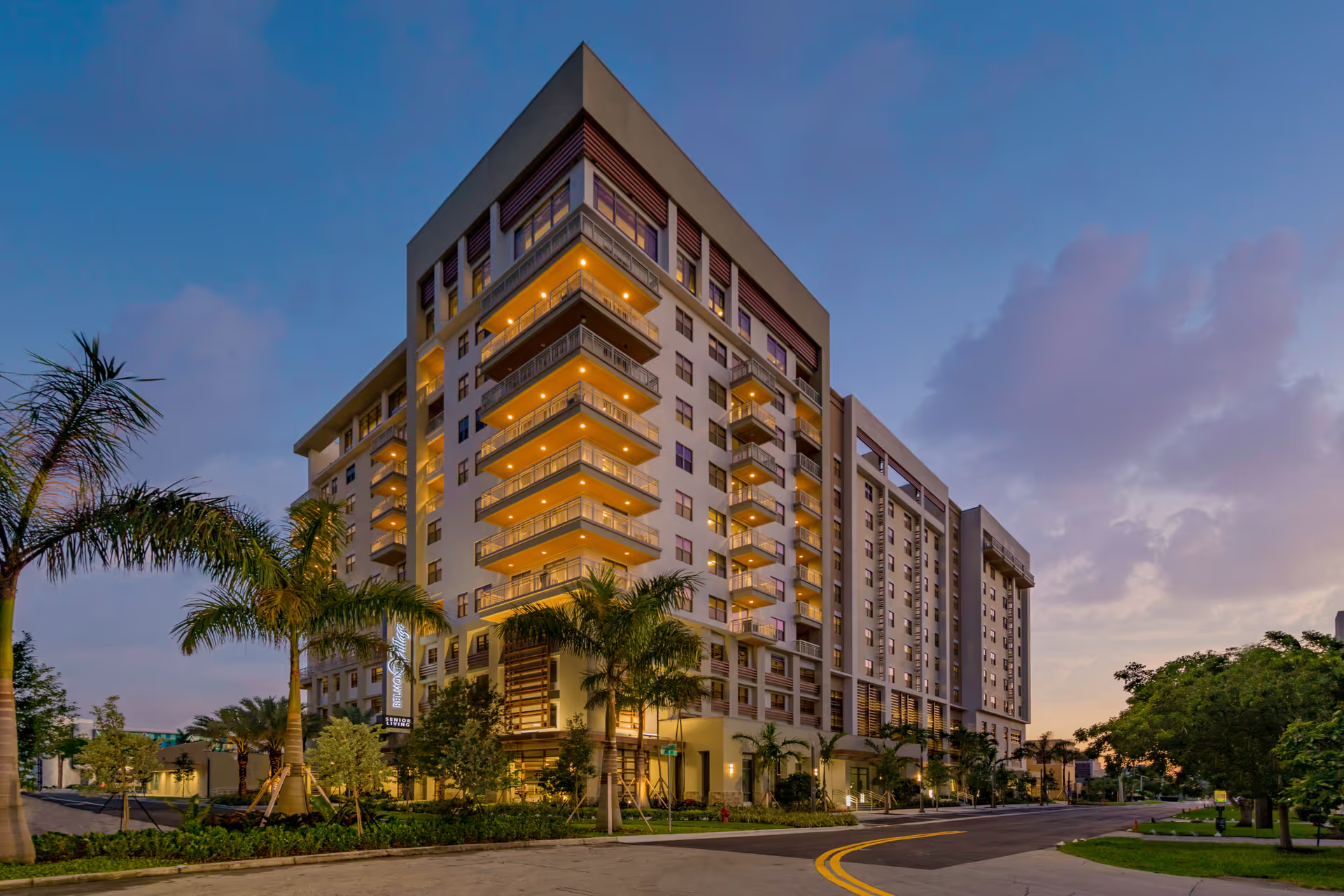Overall sentiment across reviews for Seaside Health and Rehabilitation Center is highly mixed, with starkly positive experiences reported alongside serious, repeated allegations of neglect and unsafe conditions. A substantial portion of reviews praise the therapy programs, specific clinical teams, and individual caregivers; at the same time a significant number of reviews describe systemic problems with nursing responsiveness, hygiene, medication handling, and facility maintenance. This results in a polarized picture: families and residents either report trusted, high-quality, compassionate care or describe an environment that jeopardized resident safety and dignity.
Clinical care and rehabilitation emerge as the strongest theme on the positive side. The wound care team and the PT/OT department receive frequent commendations: reviewers credit them with consistent, high-quality wound management and faster-than-expected rehabilitation outcomes. Several reviewers call out named staff (for example Nurse Jennifer, Crystal, Miss Missy) and describe therapy staff as encouraging, gentle, and effective. When rehabilitation and therapy are highlighted, reviewers mention private, spacious rooms, attentive bedside nursing during hospice, and a family-focused approach that facilitated recovery and peace of mind.
Contrastingly, serious safety and quality concerns appear repeatedly. Multiple reviews allege resident neglect—unanswered calls, delayed assistance after falls, residents left in soiled conditions, wounds left untreated, repeated UTIs, and episodes of delirium. Medication management problems are commonly reported: late, missed, or incorrect medication administrations; sedation leading to excessive drowsiness; reports of missing pain medications and alleged medication theft; and an account of an unlocked medication cart. Some reviews explicitly describe incidents severe enough to prompt family removal of residents and calls for state investigations or formal complaints. These issues reflect both clinical risk (falls, infections, wound deterioration) and failures in basic caregiving tasks.
Hygiene, housekeeping, and facility maintenance are another area of divergence. Many reviewers describe parts of the building as beautiful, clean, and welcoming, whereas other accounts detail dirty bedding, soiled garments, unclean bathrooms, mold in AC vents, and roaches near beds. Exterior grounds are described as attractive in some areas (landscaping) but neglected in others—repair needs on exterior walls and perimeter ceilings, trashy visitor paths, and a dumping ground of broken equipment behind the facility. Several reviews highlight an overall dated or run-down building despite newer or renovated sections, creating uneven impressions depending on where residents are housed.
Staffing and management perceptions vary considerably. Numerous reviews praise the administrator for being visible, approachable, and a “true leader,” and several mention supportive directors of nursing and caring CNAs. Conversely, other reviews describe rude, unprofessional, and emotionally abusive staff members, including a few named as problematic, and note heavy use of agency/rental nurses which contributes to inconsistent care. A consistent pattern is poorer performance on nights and weekends: reviewers frequently report understaffing, delayed nighttime medications, and less competent coverage outside weekday hours. Communication deficits are also reported—families wanting clearer updates on care plans or difficulty coordinating with changing weekend staff.
Operational issues include dining complaints (insufficient meals, wrong items, frozen meals), room-delivery delays, and occasional missed initial assessments. Positive operational notes include on-site salon services, activities and classes, reliable Wi‑Fi that facilitates family contact, and specific instances of excellent front-desk and escort assistance. Several reviewers emphasize that experiences can be highly personal and dependent on the unit, shift, or individual staff assigned—meaning one family’s excellent experience may contrast sharply with another’s severe criticism.
Taken together, the reviews suggest Seaside can deliver outstanding rehabilitation and compassionate individualized care in many cases—particularly in therapy, wound management, and when supported by strong weekday staffing and engaged leadership. However, there are systemic vulnerabilities reported often enough to be concerning: inconsistent nursing performance (worse on weekends/nights), significant hygiene and maintenance lapses in some areas, recurrent medication and safety incidents, and allegations severe enough to spur complaints and requests for investigations. Prospective families should weigh the facility’s strong therapy and wound-care reputation against documented safety and cleanliness issues, ask specific questions about staffing patterns (weekend/night coverage), medication security and administration protocols, infection-control practices, and unit-level cleanliness before placement. Regular oversight, clear points of contact, and frequent visits (or video check-ins where allowed) are likely to be important for ensuring a consistently safe experience given the variability reflected in these reviews.







